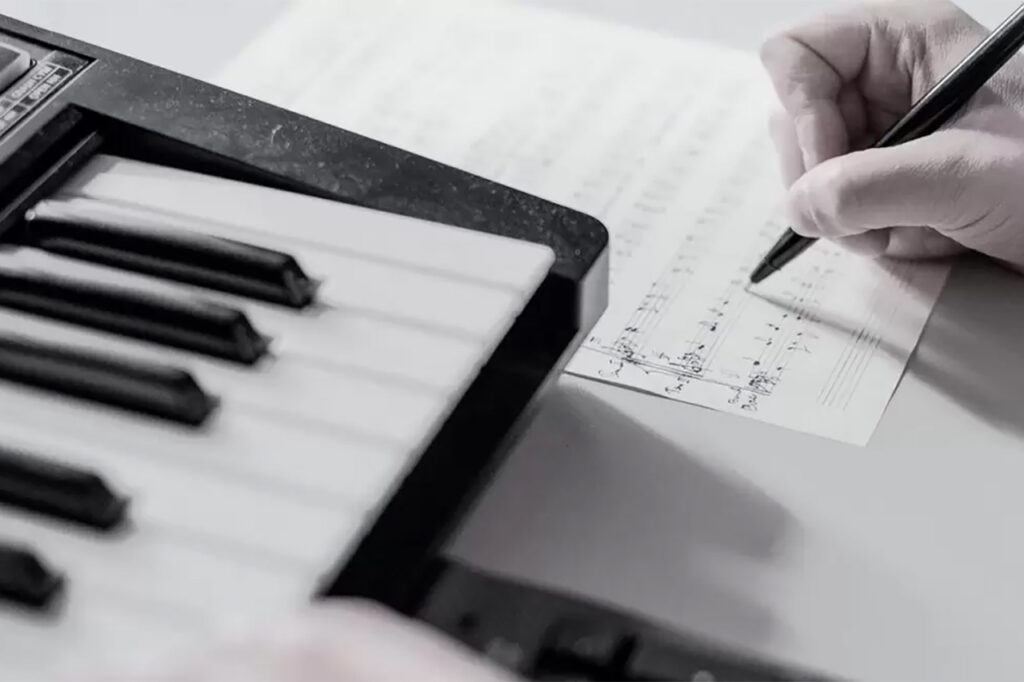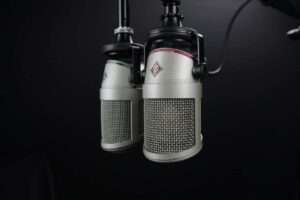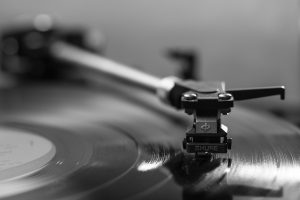What is Stem Mastering
Done For?

Mastering is not a correction of data errors. Ideal mastering is limited to a minimal correction of the frequency picture of the track and a moderate change in the overall level of its volume.
If in the process of information you keep in mind the thesis “on mastering will be corrected,” then you initially treat the work with a disregard. Among all elements of the chain of musical production mastering is important, but more technical, and not creative.
The tasks of mastering are quite specific, applied. Before final processing of a mix it is necessary to define, for what it is done.
The purpose of stem mastering is to create a master medium, from which music will be replicated in the future. Traditional methods of replication – edition on vinyl, CD, DVD. Past releases on cassettes and bobbin coils are already gone, but new technologies for distributing music content – media libraries and virtual portals that sell records in various audio formats – have replaced them.
However, many artists, wishing to do stem mastering, are oriented not only to selling music on physical and electronic media. In general, the list of such tasks looks like this:
- Broadcast on the radio
- Inclusion in the collection of works of different artists
- Release of your own album or single on physical media
- Electronic release
- Broadcasting at venues (concert halls, stadiums)
- Execution of the song in the “minus one” mode (music without voice).
You see that among these goals there is not as such an item “increasing the volume of a song”. Yes, in fact in stem mastering in most cases the volume increases, and often significantly. But this is a consequence, not a goal. Let’s analyze each point in more detail.
Broadcast on the radio
Radio stations have different requirements to the loudness of songs based on genre features and the audience. Some are guided by a loud sound, as their listeners are often in noisy conditions (for example, motorists) or are fans of club music. For others, aesthetics and musicality are more important, their target group is the intelligentsia, jazz or classical music lovers, that is, relatively quiet music.
Regardless of the genre of the radio station, the task of its employees is to provide a uniform air volume so that the listener does not have to constantly add or subtract the sound. In order for alignment to occur in automatic mode, limiters are used. If the song is quieter than the desired level, the limiter will raise the volume. If louder – reduces. Thus, there are certain processes that occur with music other than the will of the author or producer.
If you plan to give material for broadcasting on the radio, the main thing about what you need to think about is how your track behaves after going through the entire sound path in the radio studio.
Unfortunately, in our country there are practically no radio stations that provide high quality of air sound. Moreover, there are no two radio stations with the same requirements and approaches to signal processing. In most cases, music is aired after a chain of low-quality limiters, and their competent configuration is not engaged.
The harder you go wrong with the volume level, preparing the material for the broadcast, using stem mastering the more destructive will be the impact of the limiter. There will be more artifacts and distortions in the sound, so it’s unlikely you’ll like how the song will sound on the radio as a result.
Even if you make a great expensive mastering, no one will personally disable or configure limiters for you. Therefore, the easiest way is to give the track at all without mastering and any limiting. In any case, the volume will be the same as it should be on this radio – not quieter or louder than the rest of the broadcast. But you will avoid unnecessary distortion.









